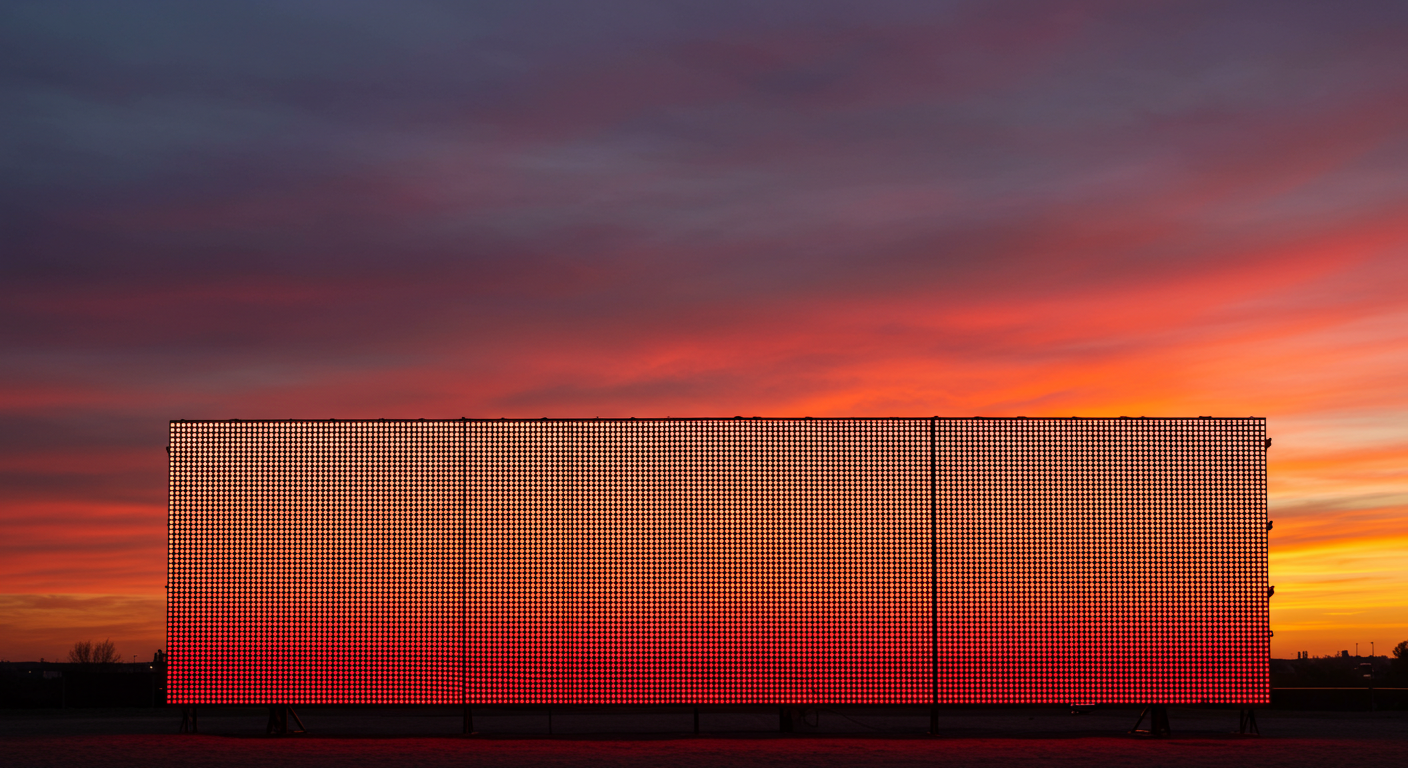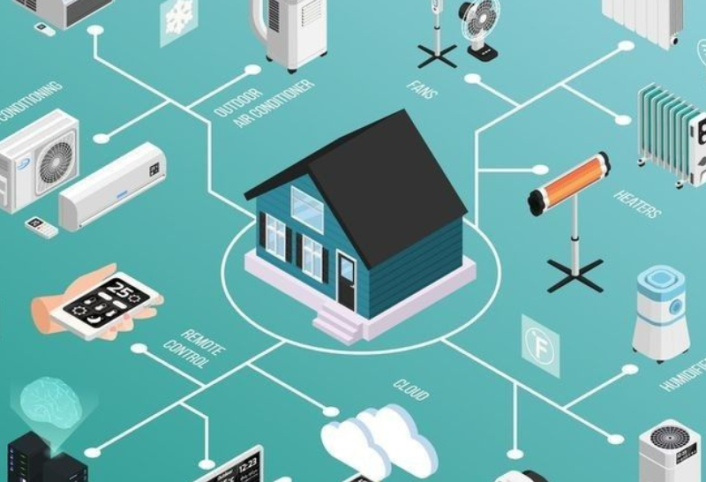3D without glasses? Without headsets? Without gimmicks? Modern LED screens don’t simulate depth — they sculpt it. Through layered panels, parallax effects, and intelligent content design, they turn flat walls into caverns, windows into portals, ceilings into skies. In a Dubai hotel lobby, guests reach out to touch digital butterflies that seem to flutter inches from their fingertips — not through VR, but through pure optical illusion. A retail display makes jewelry float in midair, casting real shadows on the counter below. A museum exhibit resurrects dinosaurs that loom over visitors, their roars synced to subwoofers hidden in the floor. This isn’t technology showing off. It’s technology disappearing. The screen doesn’t announce “Look how 3D I am!” — it simply lets you step into the world it creates. The magic lies in the marriage of hardware and content. Curved screens wrap around viewers, eliminating the “sweet spot.” High refresh rates kill motion blur, making movement feel physical. Micro-LED pixels render textures so fine, you forget you’re looking at light. And because there’s no headset, there’s no barrier — no isolation. The experience is shared. A family gasps together as a whale breaches “through” the wall. Colleagues lean in unison to examine a 3D model rotating in virtual space. The screen becomes a window not into a simulation, but into a consensus hallucination — a reality agreed upon by everyone in the room. What’s revolutionary is the emotional impact. Depth triggers instinct. We duck when something “flies” at us. We step back when a “cliff” appears at our feet. We reach out — always — to touch what shouldn’t be touchable. The screen exploits this not for cheap thrills, but for profound connection. A memorial wall makes names of the fallen appear to recede into infinite space, turning grief into something you can almost walk through. A product launch makes a new car “drive” out of the screen, hood gleaming under nonexistent spotlights. The boundary between display and reality doesn’t blur — it dissolves. And in that dissolution, wonder is born. Not the wonder of “How did they do that?” — but the wonder of “Where am I?” The screen doesn’t show you depth. It gives you depth. And you walk into it, eyes wide, heart open, ready to believe.





